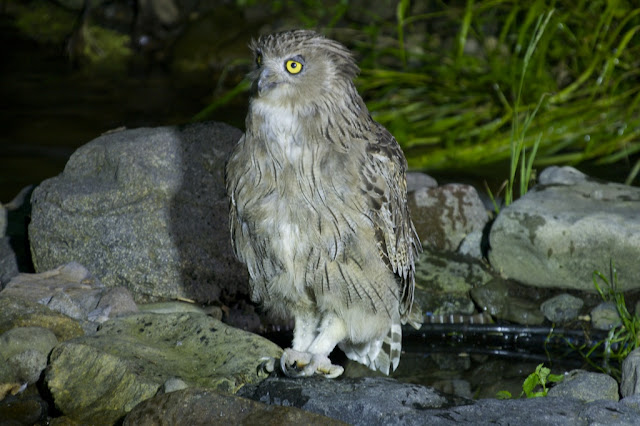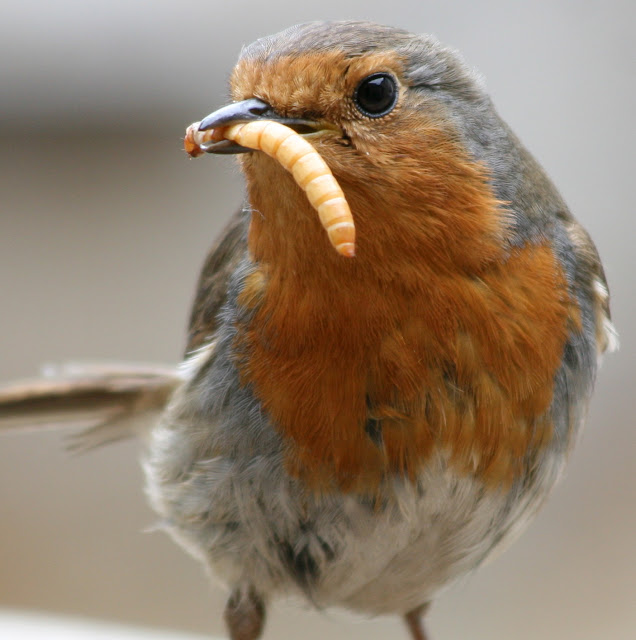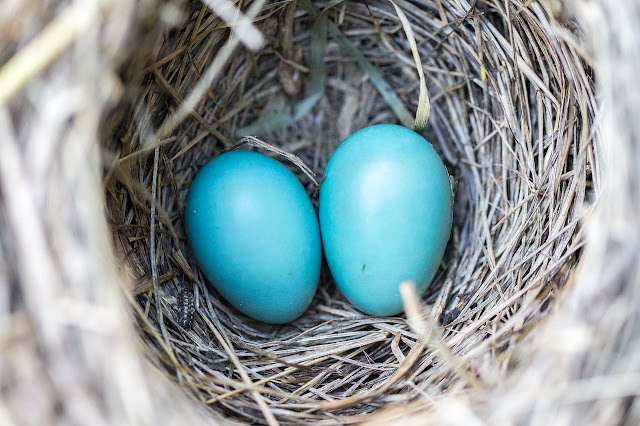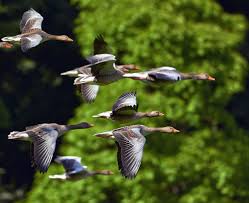Why don't birds' feet freeze in the winter
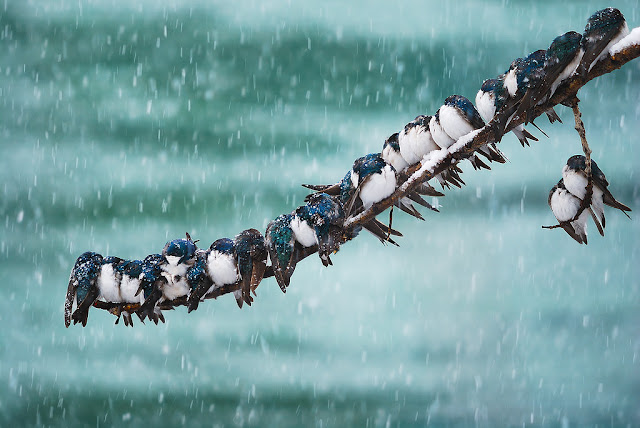
One glance at a winter forecast can be enough to make us feel grateful for our warm homes, and for those who have to work outside in such harsh conditions. Winter is a harsh reality for wildlife living in our communities. Many of these animals have to spend their days out on the ice and snow looking for food. For example, take Canada geese. They are an easy sight at local lakes and ponds, frozen or not. How does this happen? Birds are warm-blooded, just like humans and other mammals. According to the Audubon Society , their body temperature is constant at 106 degrees. Their bodies have several mechanisms to keep their bodies warm in cold temperatures. It is vital for waterfowl, including ducks, that their feet and legs are warm in order to survive on ice and cold water. This is why these animals depend on a vascular system that was designed for them. These birds have close-knit arteries and veins that run through their legs and feet. This allows blood to heat and cool quickly, accordin...

